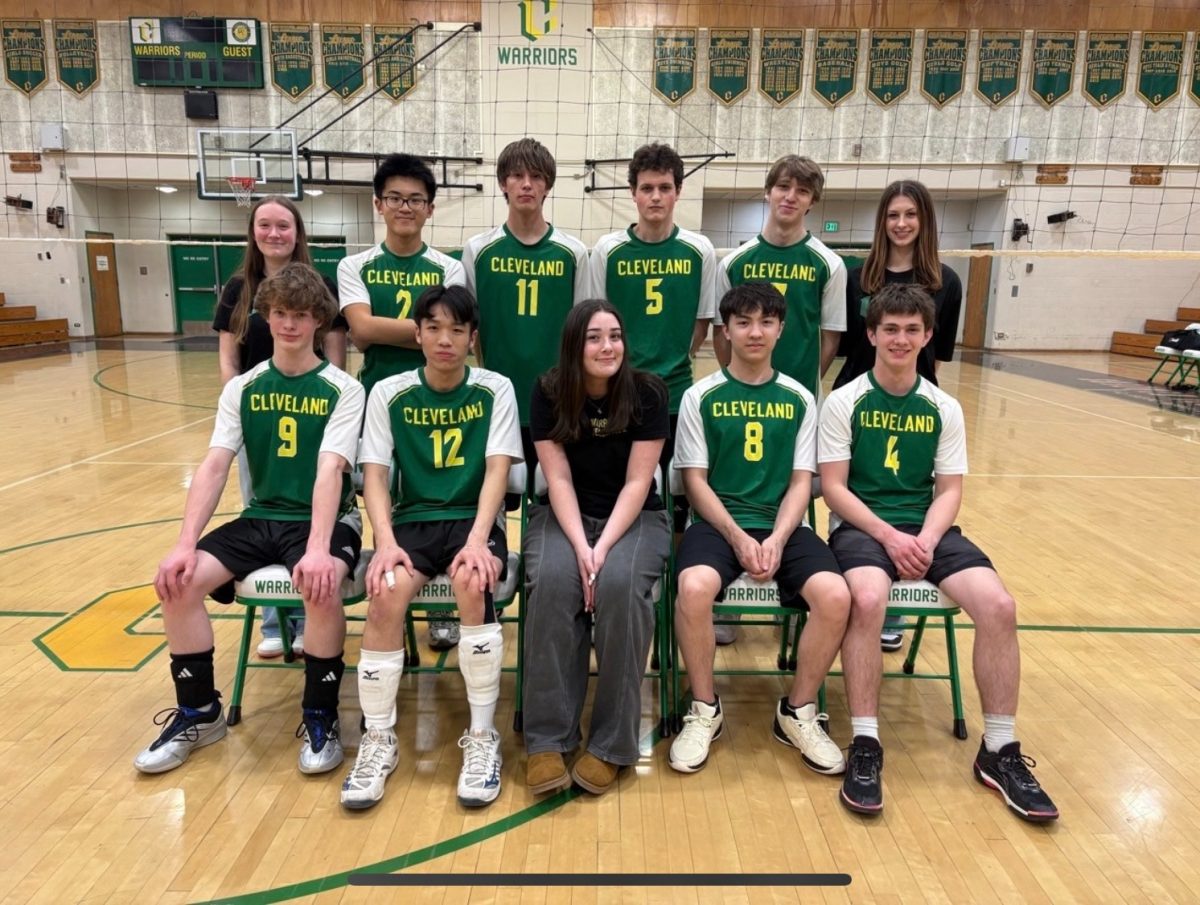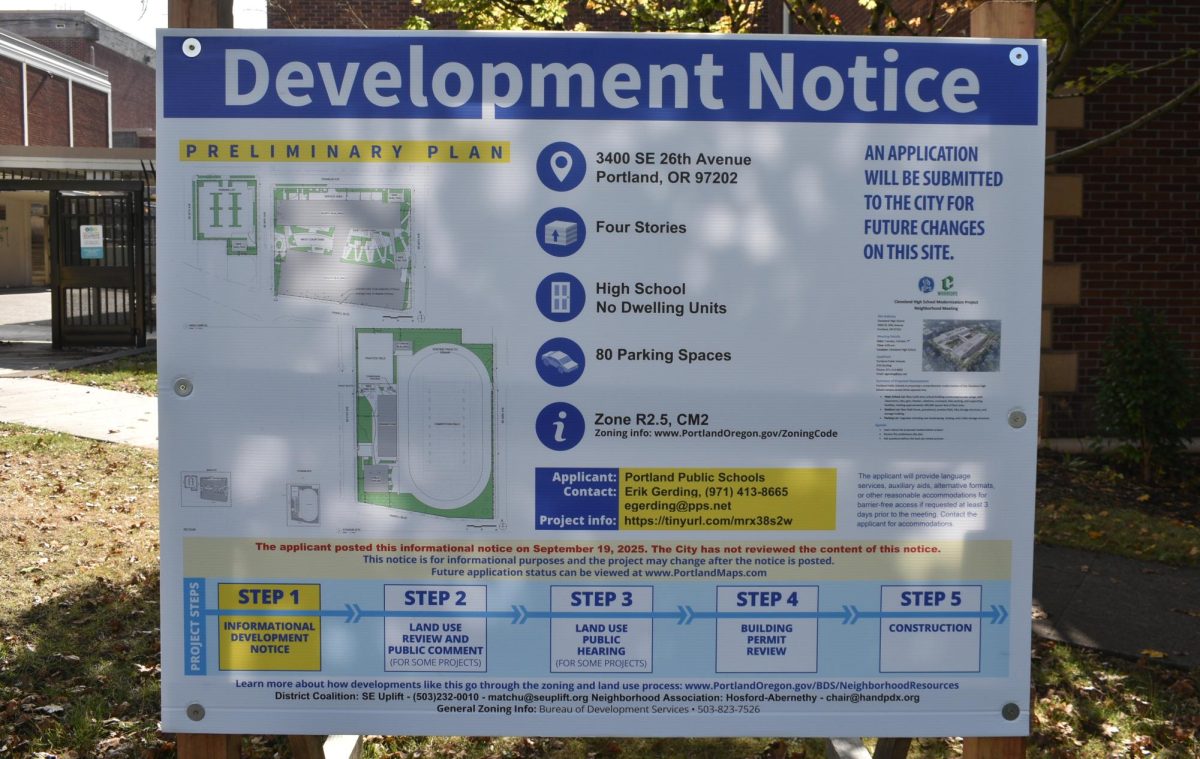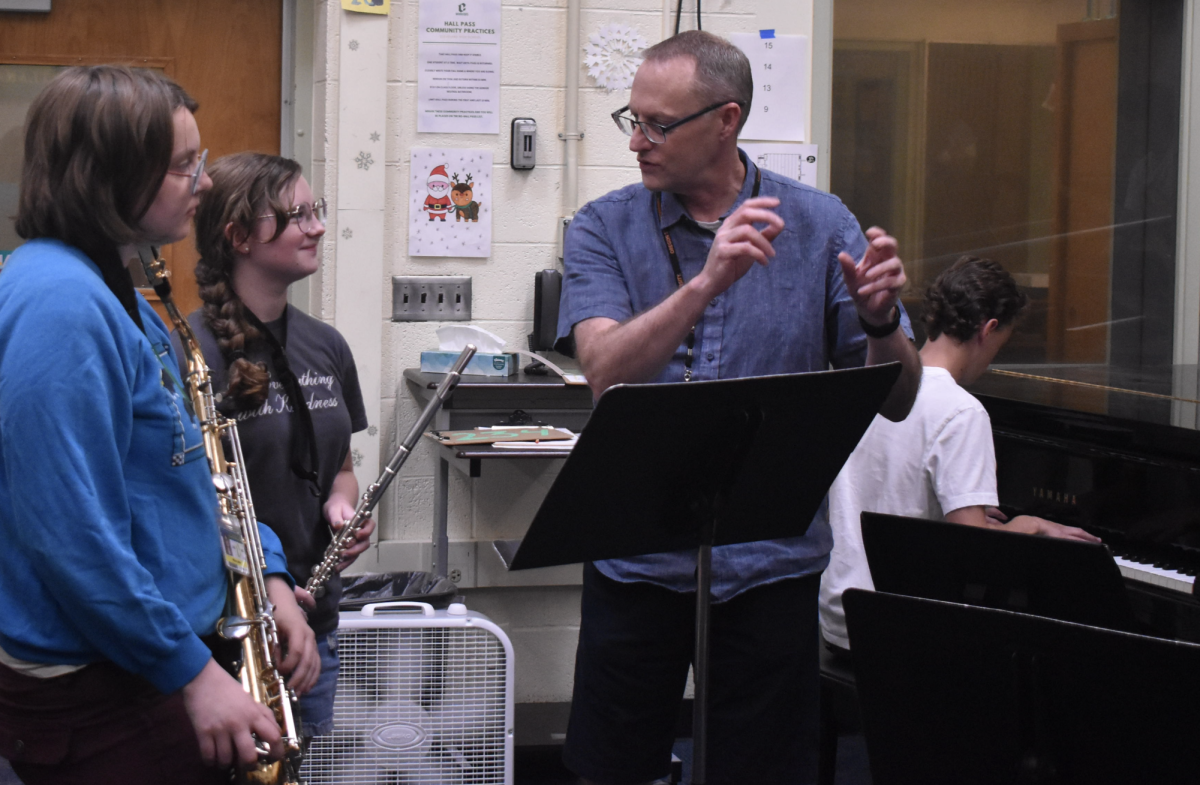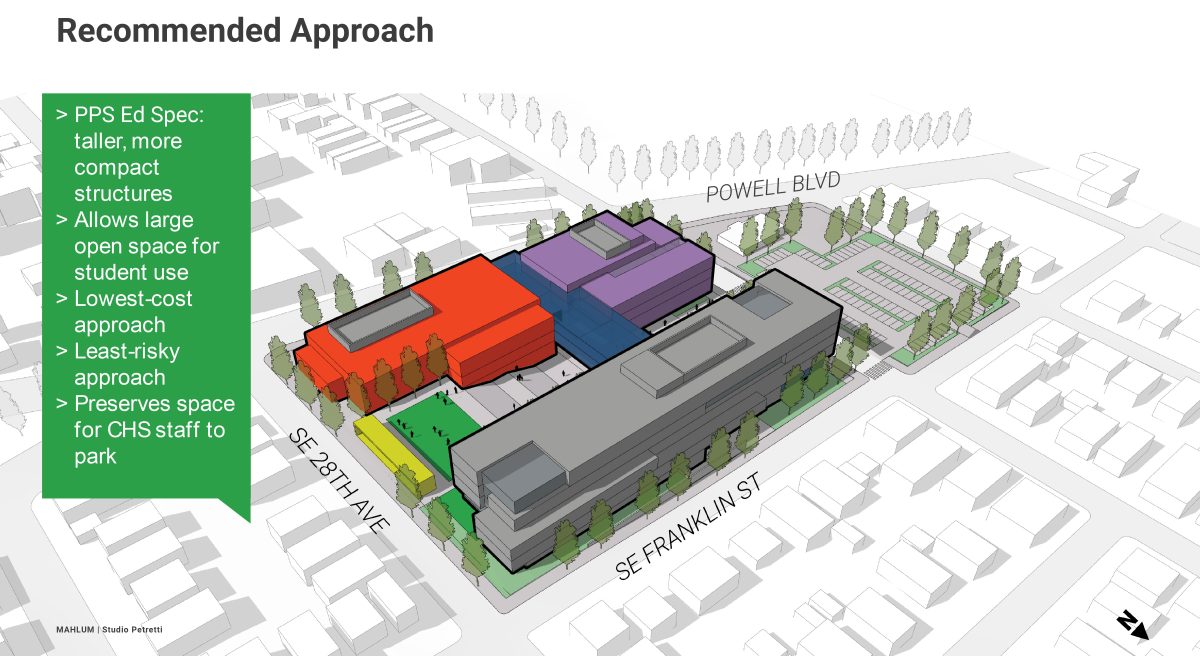In a Jan. 22 press conference, Superintendent Kimberlee Armstrong announced PPS’s proposed reductions in staffing and programs necessary to manage the upcoming budget deficit. The proposed reductions, which include the elimination of 228 positions, free up around $41,300,000, enough to make up the difference between projected earnings and expenses to the district in the 2025-26 fiscal year.
The proposal eliminates a wide variety of programs and positions across the district, for example, the elimination of 23 positions in the central office and a 40 percent reduction in licensed supplemental staff such as instructional coaches and special emotional support, which makes up around $12 and $10 million dollars in projected savings, respectively.
In the press conference, PPS board member Herman Greene and Superintendent Armstrong also said that they would seek more funding from the state, arguing that nothing should be off the table. Greene, after stating simply, “We ain’t got it. The money isn’t there,” said that the press conference was a clarion call for members of the community to go to Salem, and to tell the legislature, “We need more. What you’re giving us is not enough. We need more.”
Also in the press conference was the new PPS chief financial officer Michelle Morrison, who stated while the past three years of cuts have been kept away from students, the deficit between earnings and expenses is now “affecting students,” which has prompted a greater interest in the budgeting process both from the community and the press. To this end, Superintendent Armstrong held a community budget committee on Feb. 5, where she offered a more in-depth look at the problem and its sources. In the budget committee, Armstrong explained that the deficit was the result of three key financial pressures.
Firstly, inflating costs were cited as a reason for the district’s inability to finance itself. Additionally, inflation caused an increase in PPS’s necessary contribution to the Public Employee Retirement System, or PERS, which serves as a retirement benefit for public employees in Oregon.
Additionally, limited revenues from state funding “continue to fall short of the cost to operate our schools,” according to Armstrong, who stated that the end of federal pandemic aid played a role in the budget shortfall.
Finally, declining enrollment affected the budget. Because PPS funding is determined in part by the number of students enrolled, a decline in enrollment can be damaging to the district’s programs because fewer students occupy the same number of buildings that have essentially a constant rate of upkeep expenses. According to the presentation, PPS’s enrollment has declined by 9.5 percent since 2020, compared to the 6 percent decline across the state. Additionally, the problem is expected to get worse before it gets better. According to a study from PSU, the district will face a 14.5 percent decline in enrollment over the next 10 years, meaning that this is likely not the last time PPS will be facing a budget crisis if new sources of revenue are not established.
To address this problem, Superintendent Armstrong provided a digital State Advocacy Toolkit to attendees of the Zoom call, to encourage engagement at the state level. The advocacy toolkit includes a list of Oregon state legislators and the school districts they represent, advice on how to reach them and guidelines on how to most effectively communicate with them. There is also a simple, fill in the blank script for community members to use in communication with their legislators.
The official budget proposal is not put before the PPS Board until April 22, and they will not make a final decision until May 20. Before then, the PPS district is encouraging community members to reach out to their legislators and engage with the budgeting process at all points.


















